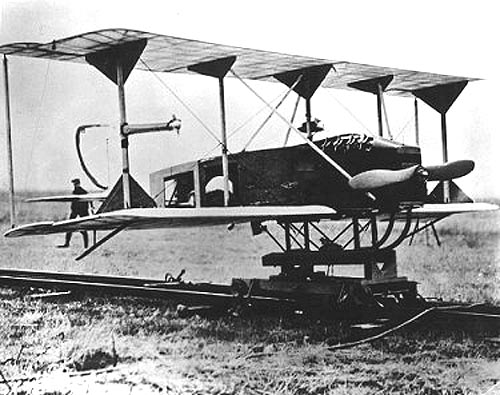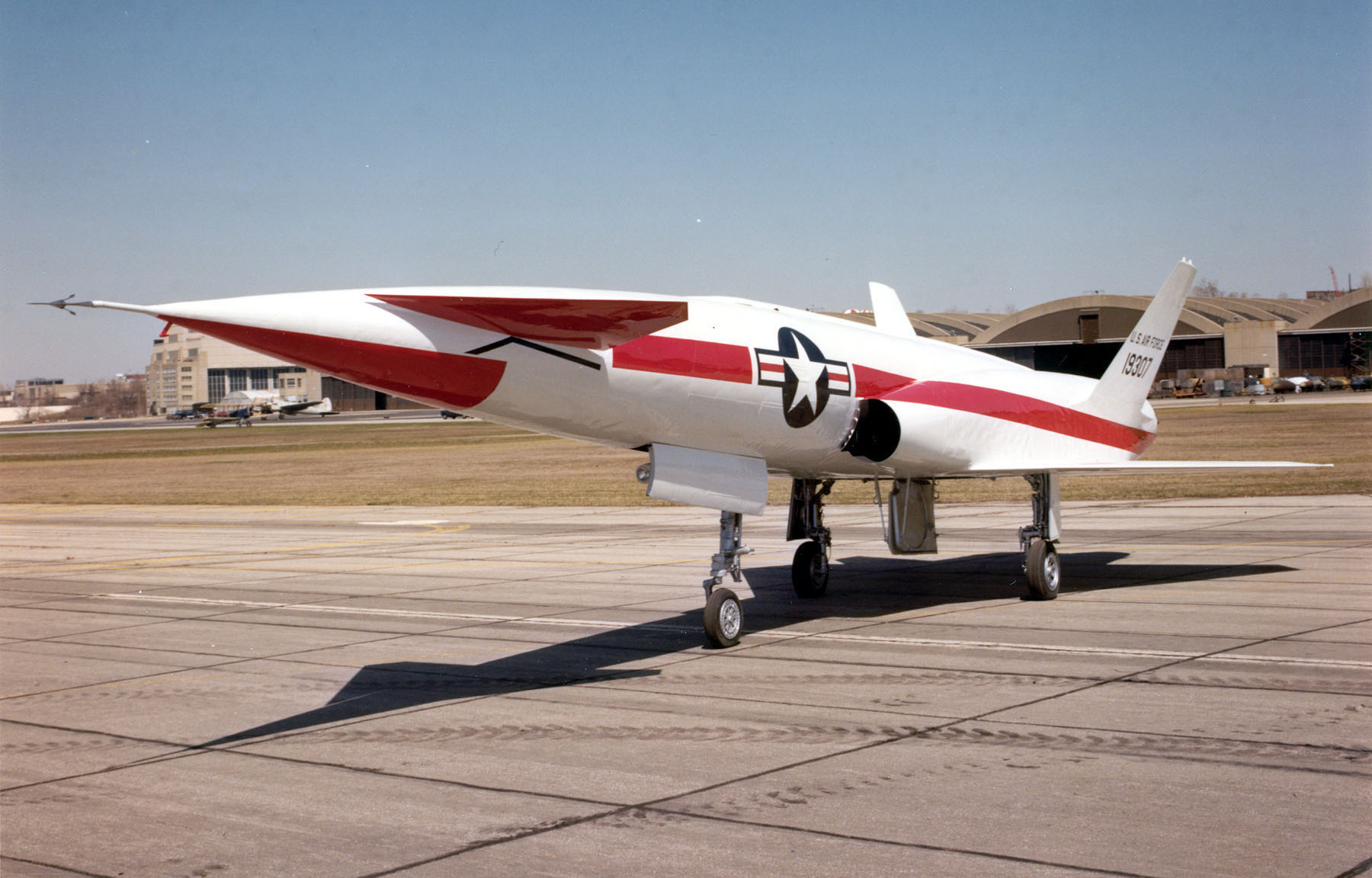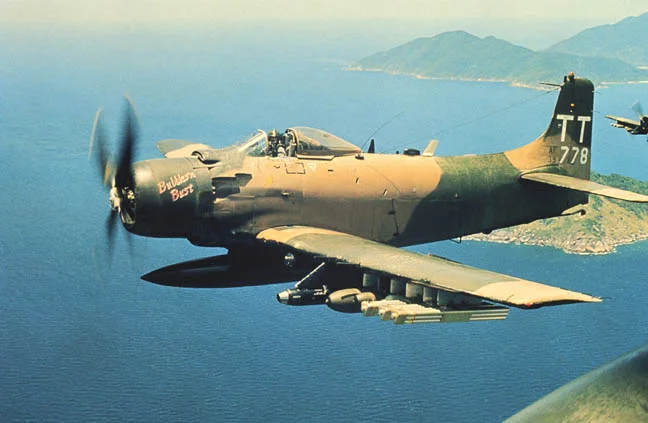The de Havilland Mosquito was used by many Allied nations in the Second World War. NZ2336 was operated by the Royal New Zealand Air Force and spent most of her life stored at Woodbourne. She was built as an FB Mk.VI, which was first introduced into service in June 1942. These fighter bomber variants could carry 250 or 500-lb bombs or eight rockets in addition to the four 20 mm Hispano cannons and four .303 machine guns.
This amazing, rare aircraft was sold to a farmer – John Smith in 1955 who kept it on his property in a state of disrepair. She was kept as part of his collection of historic war birds. John, who unfortunately passed away in August 2019, had a treasure trove of military vehicles including a Tiger Moth, P-51D Mustang as well as a pair of P-40 Kittyhawks. Much of his collection has now been given to the Omaka Aviation Heritage Centre, which has put these gems on display.
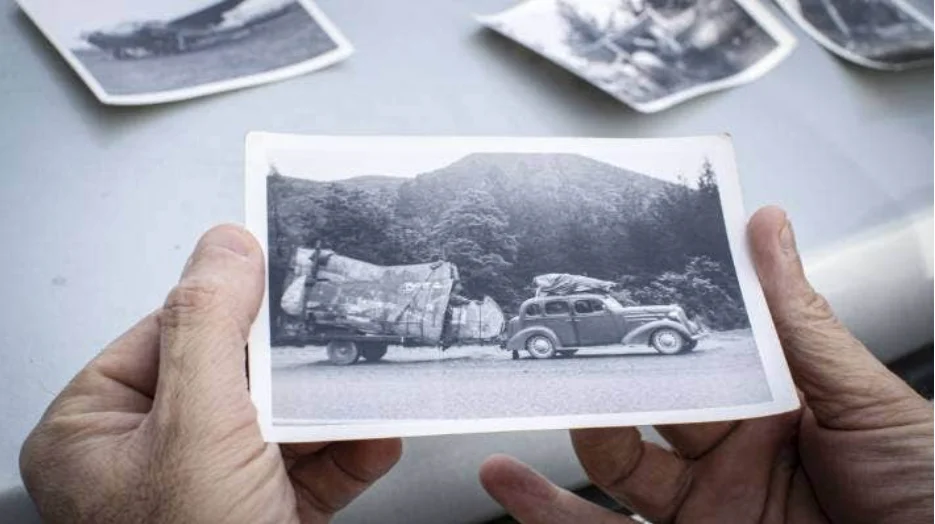
Contents
The Barn Find Mosquito NZ2336
Whilst all of John’s aircraft were noteworthy for one reason or another, the de Havilland Mosquito holds a special place for many. Affectionately given the nickname – the Wooden Wonder by its pilots during the war, this aircraft was a highly capable machine. Fast and deadly, its ability to carry out a wide breadth of missions was key to its success throughout the war.

The Mosquito is now incredibly rare with only 30 or so left and with only three examples still flying.
NZ2336 was originally built for the RAF but arrived too late to see service in the war. It was then purchased and shipped out to New Zealand for use by the RNZAF, flying for only 80 hours (15 of which with the RNZAF) before it was decided the aircraft was surplus to requirement.
Read More: Got $10 million? XP-82 Twin Mustang for Sale
However, John Smith wanted this specific example and as with many post-war aircraft it was put up for sale. Delivery would be John’s responsibility, meaning he would need to find some way of transporting the Mosquito to his property.
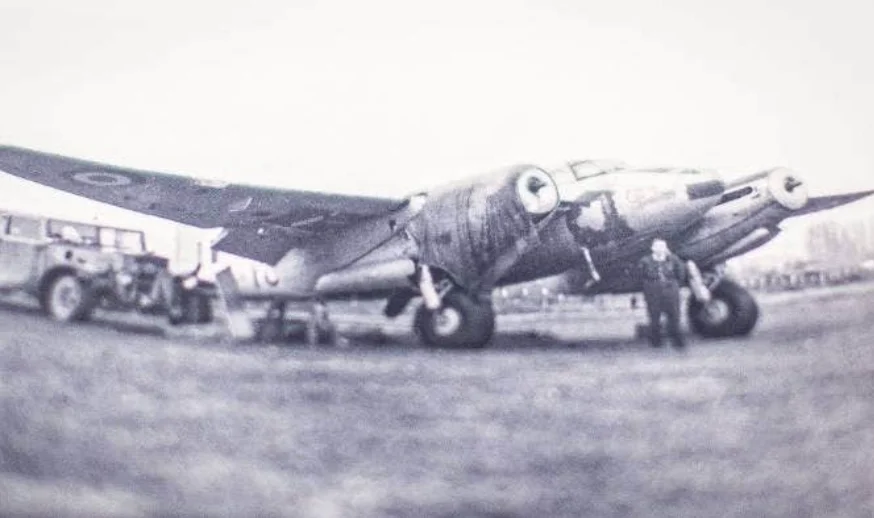
This would require dismantling the airframe into small enough parts to be put onto trucks.
Strict deadlines were put on when John had to remove the aircraft and in a hurry he had to cut the fuselage in half and chop off the wings just outside the engine mounts.
Parts of NZ2336 slowly started appearing at his farm in Mapua where he slowly started to reassemble the DH 98. A testament to his ingenuity – he painted the aircraft with a special coating to prevent beetles from eating through the wooden airframe.
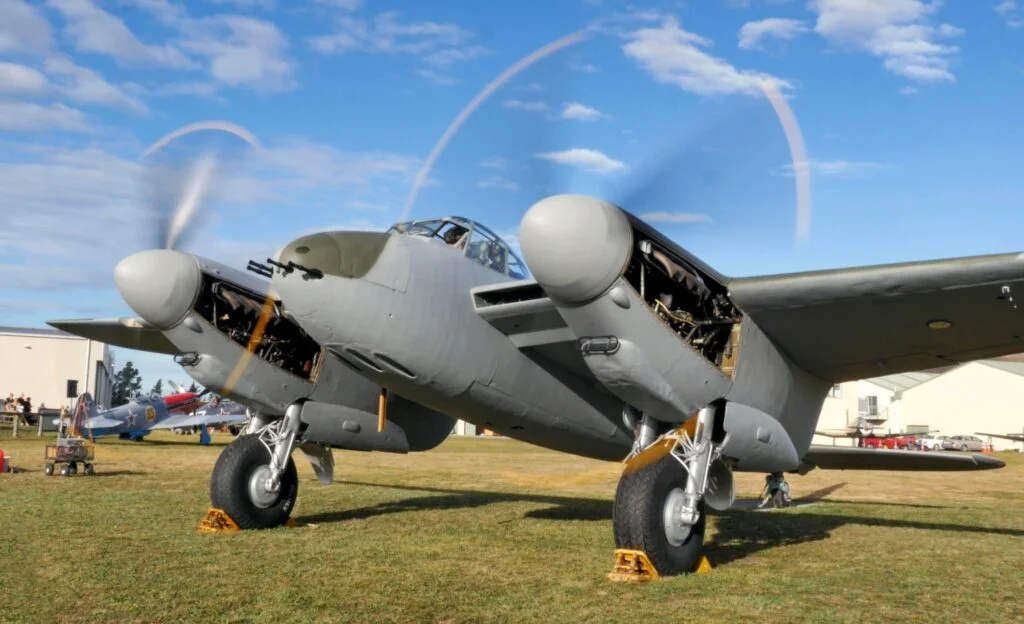
It was left underneath a metal roof which rested on the aircraft as an attempt to keep to the worst of the weather off her too!
John’s Mosquito NZ2336 has received a full makeover and is completed. After a monumental effort, the Merlin engines will splutter to life! She is one of five in the world with running engines. However, she will not be taking back to the air.
This is due to the Mosquito not meeting the FAA standards for airworthiness. But the question is, with such low hours, could this bird be put back into the air?
The John Smith Collection
John Smith saw the value of aircraft from the Second World War. Whilst many of these incredible machines went to the scrap heap or were sold off for parts, there were very few people who realised their historic importance. He was also keen on flying and enjoyed understanding how they worked.
Whilst not all of these aircraft were in flying condition, having real, physical planes to display in museums for future generations to see was the main goal of passing John’s collection to the Omaka Aviation Heritage Centre.

Some of his airframes were truly impressive, such as the pair of Curtiss Kittyhawks NZ3220 and NZ3043. The P-40 Gloria Lyons is complete and even in her wartime paint with mission markings, now sits as one of the most special aircraft at the heritage centre.
NZ3220 has 55 bombs painted on the side of the aircraft to represent the number of bombing/strike missions that she had been on. Just before the end of the Second World War, the P-40 was transferred to a training squadron where she taught hundreds of pilots the skill to go on to fly the F4U. Like many of John Smith’s aircraft, this one was destined for the scrap heap. He purchased Gloria Lyons in the 60s with just fuselage and wings.
Read More: Savoia-Marchetti S.55 – The Unlikely Endurance Athlete
Other aircraft in his collection included a Lockheed Hudson light bomber NZ2049, P-51D Mustang NZ2423, and even remains of a de Havilland Vampire as well as several DH.98 Mosquitos.
Omaka Aviation Heritage Centre
After John’s passing much of his giant collection was passed onto the Omaka Aviation Heritage Centre, based in Omaka, Blenheim, for display. Huge amounts of work have been put into restoring these aircraft to the highest possible standards.
His P-51D was in good enough condition to be restored and put back into the sky! However, not all of the others are able to return to the skies. The Lockheed Hudson has been left relatively untouched but will give visitors to the centre a feeling of what a plane crash would look like.

If you like this article, then please follow us on Facebook and Instagram.
Check out the Omaka Aviation Heritage Centre’s Facebook page here.


